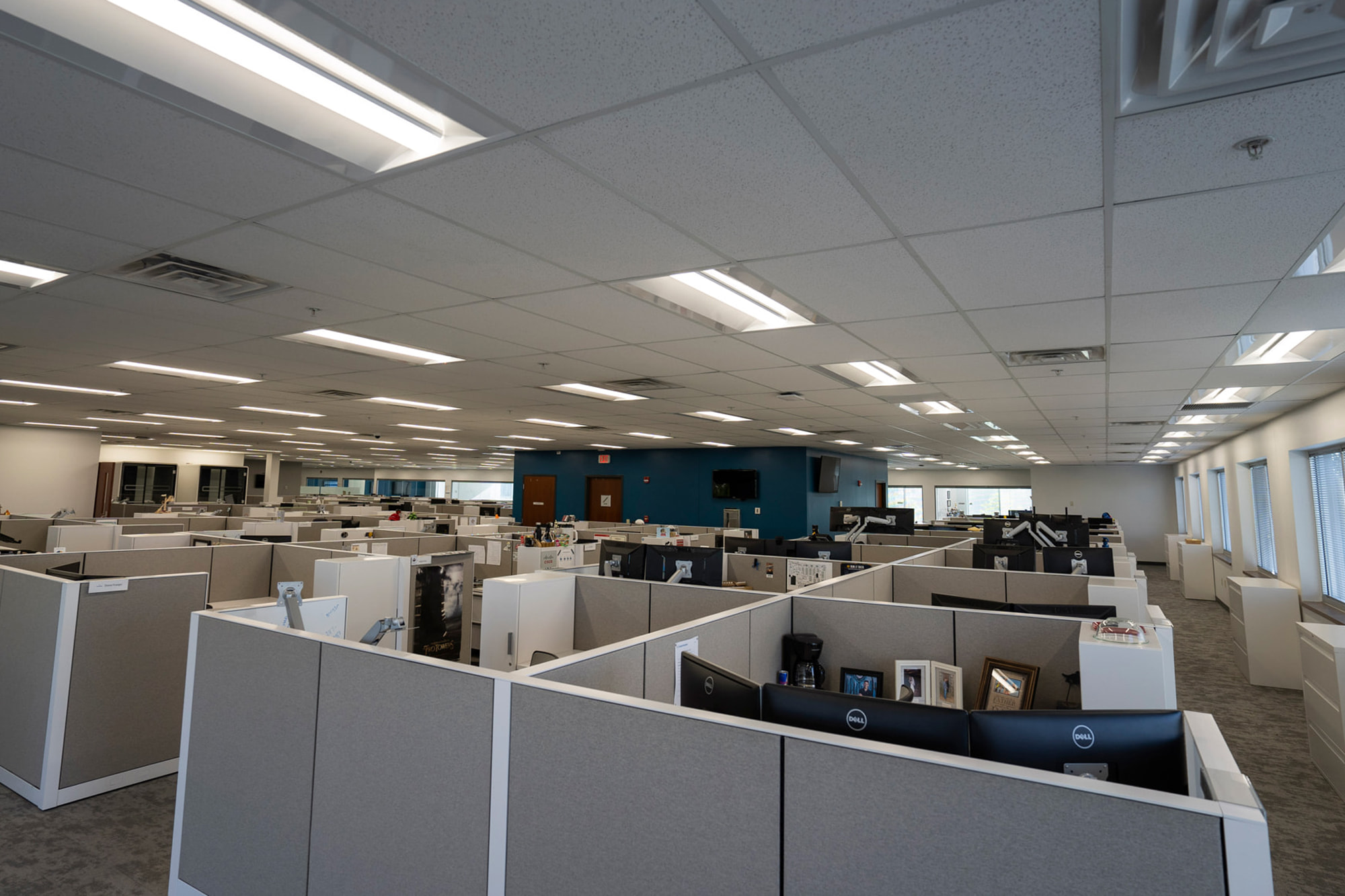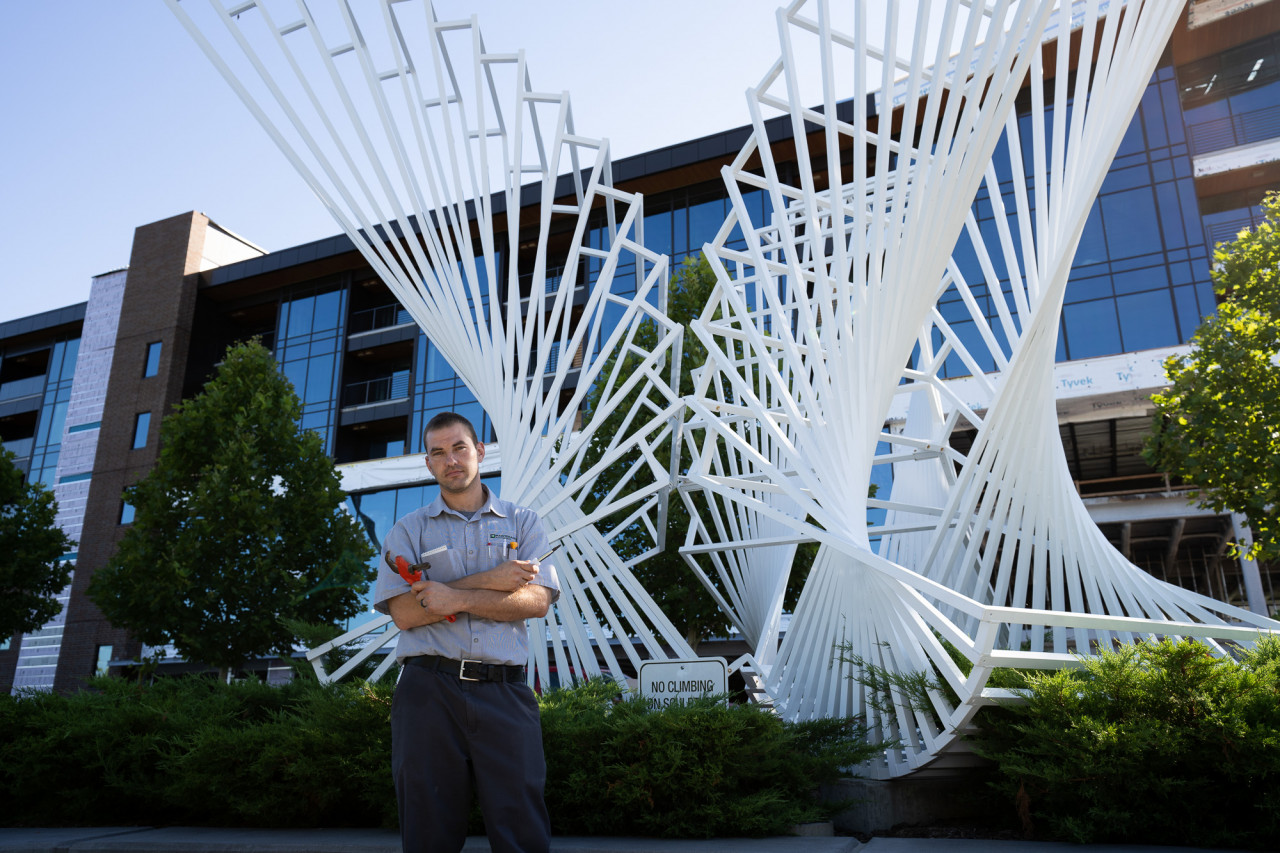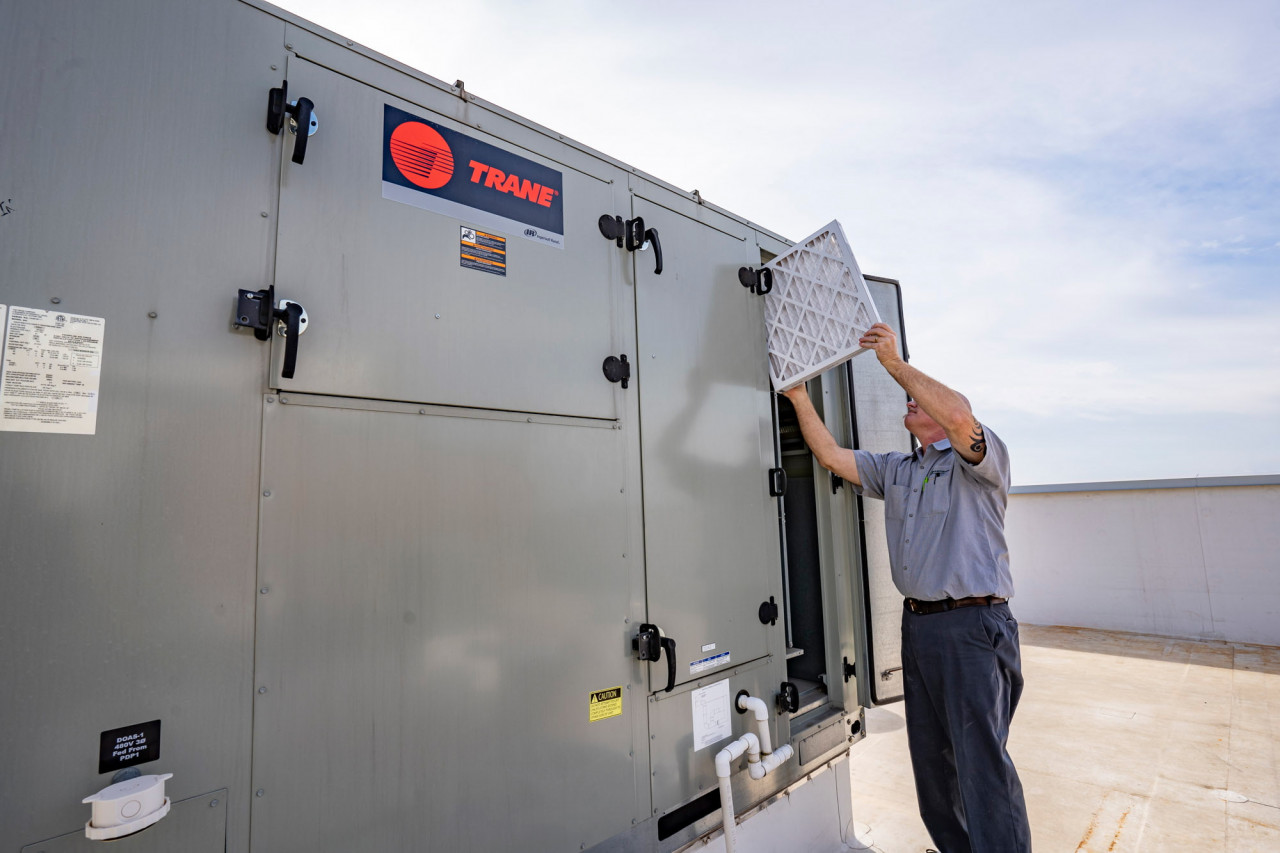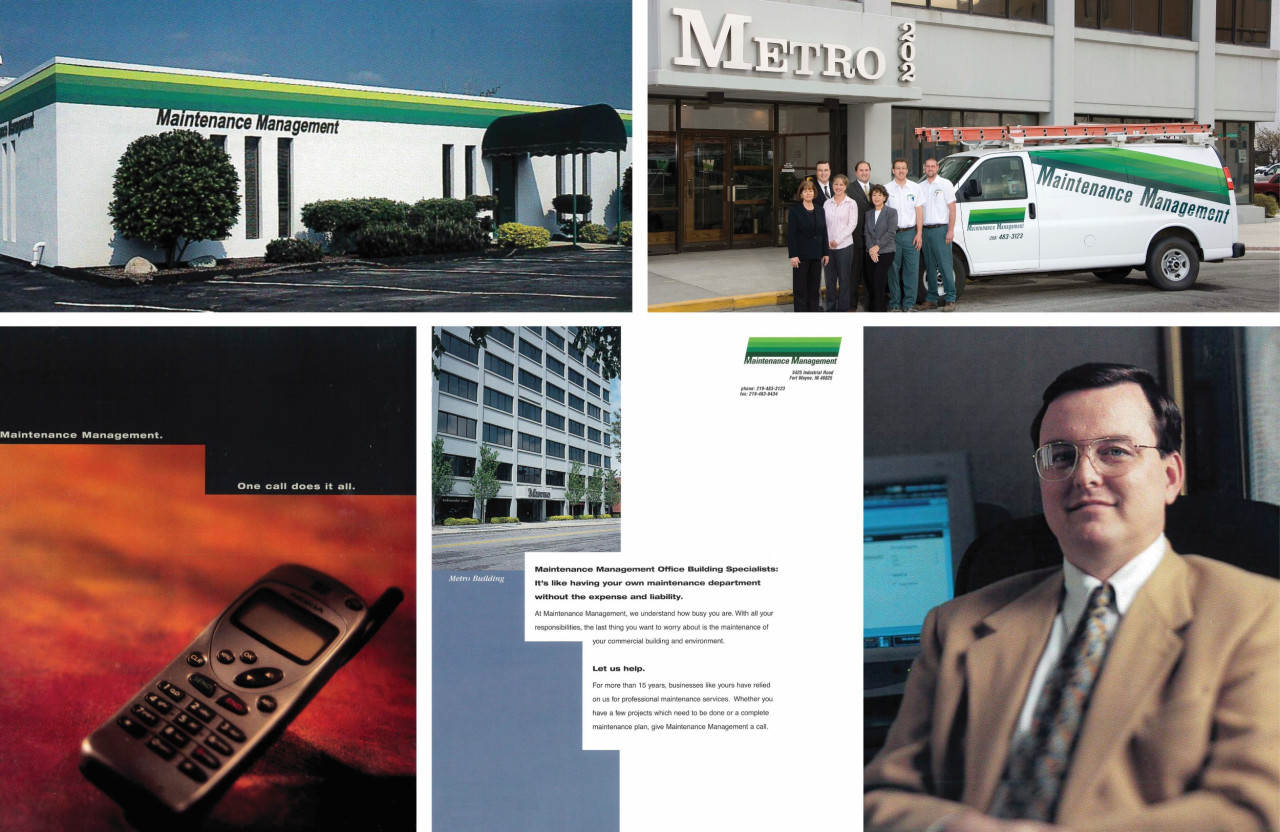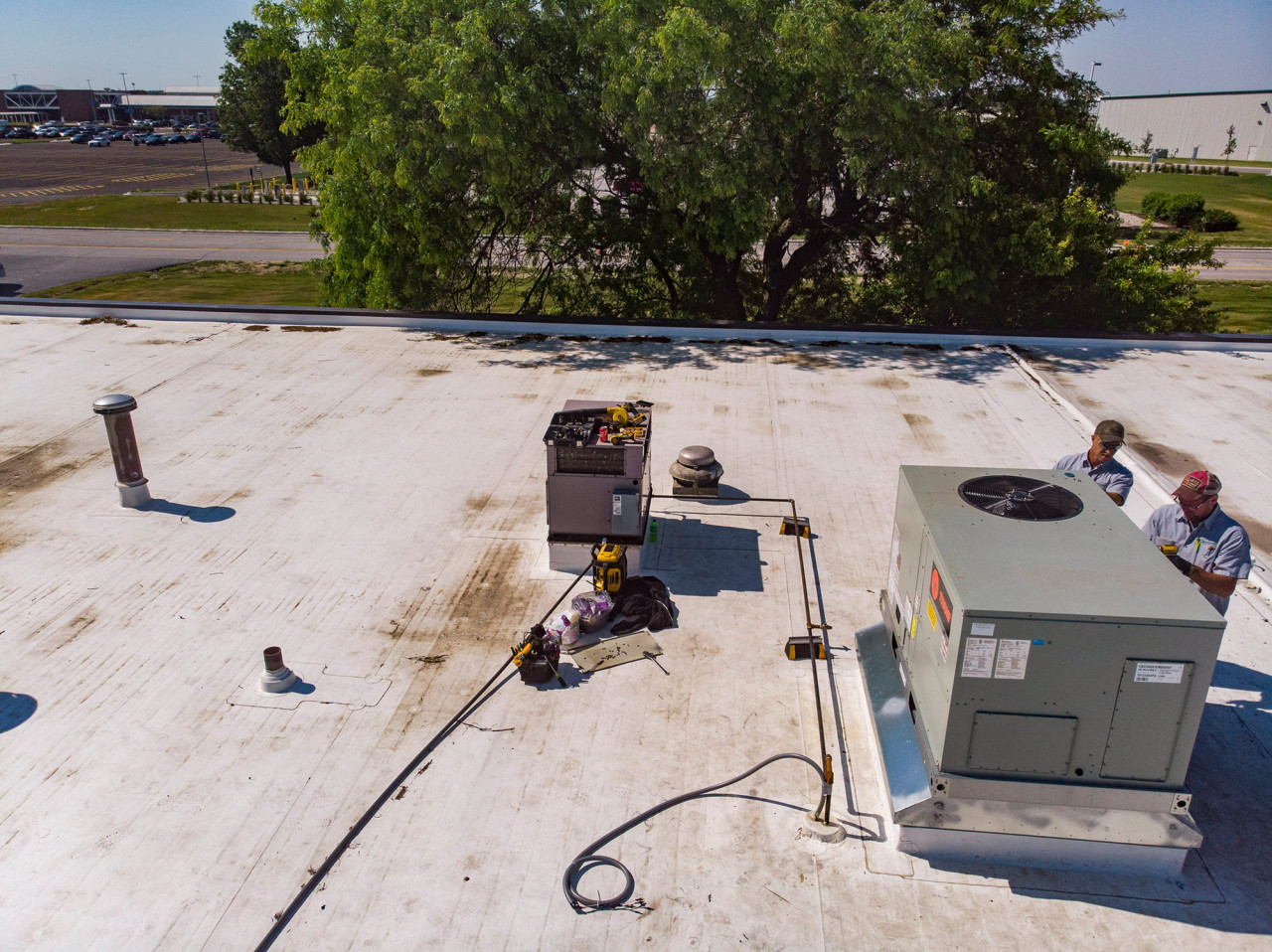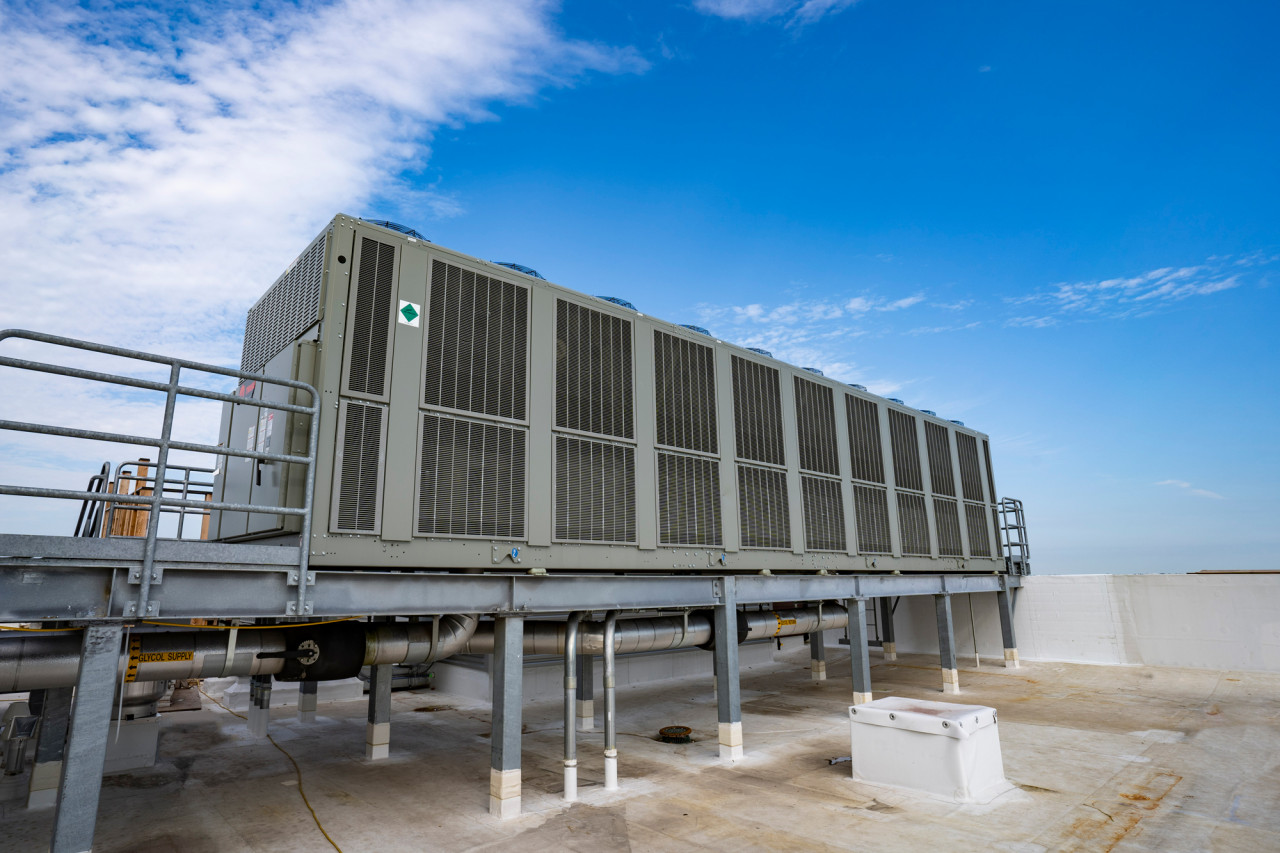Finding the right time to make facility upgrades or perform preventative maintenance is always a challenge for owners and work crews. Displacing occupants is something that should be avoided as much as possible, of course, yet many types of work require unhindered access to space and/or they produce noise and mess that employees, customers, etc. tend to not be happy about. Consequently, it’s a good idea to take advantage of any lower occupancy periods that occur naturally to reduce the inconvenience to building users.
With many companies still leveraging a remote work model in response to the COVID-19 pandemic, building owners can capitalize on this time to get necessary work completed. Plus, performing upgrades or maintenance during this lower occupancy period reduces the risk of coronavirus transmission between work crews and occupants.
12 Tasks to Address During COVID-Driven Downtime
Below are 12 projects that are ideal for times when occupancy is low:
- Upgrade lighting to LED. The increased efficiency and longer lifespan of LED lights are just two of many reasons to install them. When crews can move desks and equipment around freely, the project goes much faster.
- Install motion light sensors. Like LED lighting, motion sensors can provide significant energy and cost savings, so using them benefits building owners and the environment. But it’s much easier to install and test motion sensors when there is less traffic into and out of a room.
- Move or rearrange office furniture. Too often, building owners or occupants realize that there is a better way to arrange the furniture and equipment in a space but can’t find a good time to make the change. With occupants away, crews can experiment with different layouts to determine the optimal positioning of desks, partitions, etc.
- Repaint or do touch-ups. Occupants will appreciate not having to deal with wet paint and paint fumes if crews can do their work while people are away. And work crews will appreciate being able to move through a building in the most efficient way rather than having to time their work around company activities.
- Replace ceiling tiles. Stained or damaged ceiling tiles are a common problem. However, the dust and debris produced when they’re replaced often makes building or business owners reluctant to schedule the work. This work can be performed quickly and efficiently when a space is unoccupied.
- Change out damaged flooring. Making certain areas “off limits” while flooring is being repaired or replaced is particularly difficult in a busy office. With occupants away, this isn’t a problem. Plus, the more time glue or other adhesives have to cure, the more secure and long-lasting the bond will be.
- Replace windows. Old windows can be a significant source of energy loss in a building, making it harder to keep rooms properly heated or cooled. Unfortunately, in terms of occupant comfort, there’s never really a good time to replace them. The empty opening quickly lets in cold air in the winter and hot air in the summer. But when a space is unoccupied, that’s not a problem.
- Assess and improve indoor air quality. With fewer or no occupants in a space, it’s easier to evaluate air quality and take steps to improve it. This might involve anything from simply replacing filters to performing repairs on ductwork and other system components.
- Recalibrate HVAC. It’s always a good idea to have your HVAC unit optimized, both to ensure that occupants are comfortable and that energy use is minimized. Low occupancy periods are ideal for addressing this, including scaling back on heating or cooling if a space is completely empty and likely to remain that way for an extended period.
- Perform demolition to prep for future remodeling. Few things are more distracting than the sights, sounds, and smells associated with “demo” work. Taking care of it while spaces are unoccupied is ideal.
- Cleaning air vents. Keeping your air ducts and vents clean is important, but doing so with people around is problematic. Low occupancy periods are the perfect time for a thorough cleaning as well as cycling ventilation systems to remove any remaining airborne residue.
- Improve adherence to social distancing guidelines. Even when the pandemic subsides and employees return to offices and other workspaces, it’s likely that companies will want to maintain some degree of social distancing. Now is the time to ensure that spaces are optimized to accommodate that need.
In addition to the practical benefits of each of the projects above, building owners should also consider the “public relations” benefits of making upgrades and performing maintenance while people are working from home. When employees return to cleaner, brighter, tidier, more functional workspaces, it definitely makes them happy. And happy people are much more likely to speak up when someone—in person or on social media—asks, “Does anybody know of a good place for my business to rent some space?”
Make Hay While the Sun Shines
The proverb “Make hay while the sun shines” is excellent advice for inside work as well. Despite all the challenges that the pandemic has created, now is a good time to take care of upgrades and maintenance with maximum efficiency and minimal disruption to building occupants—and we can help!
To learn more about Maintenance Management and the many services we offer, please contact us at your convenience.
